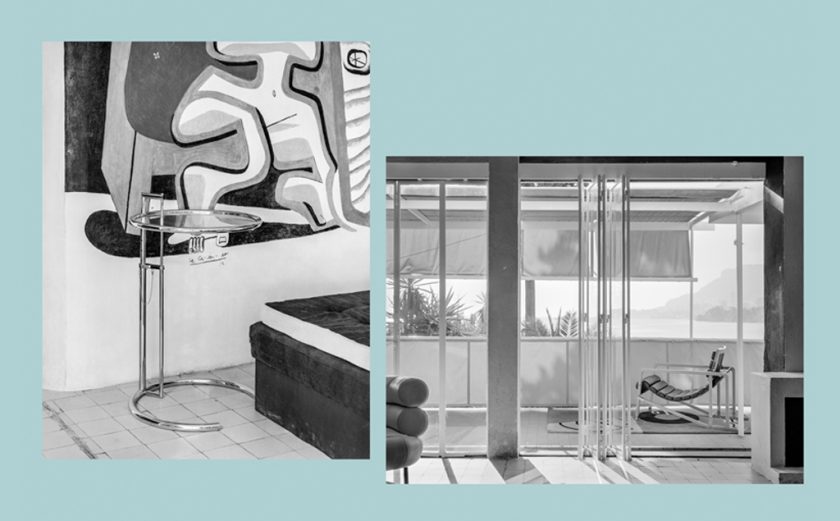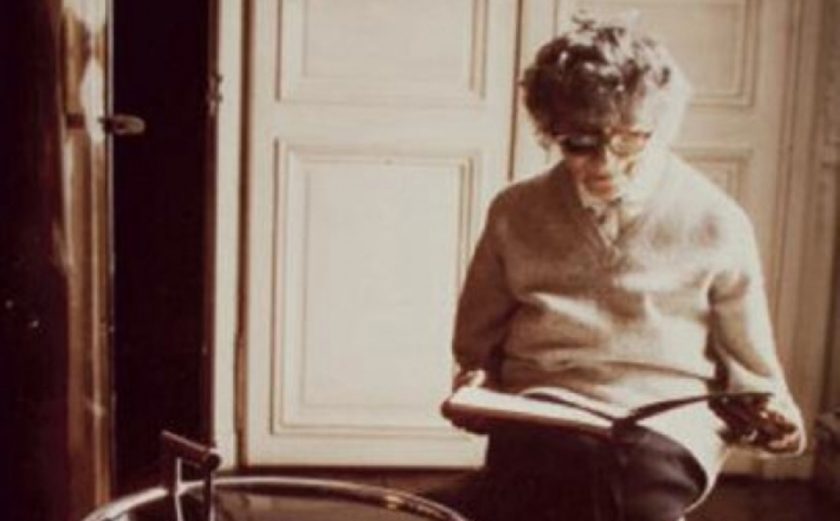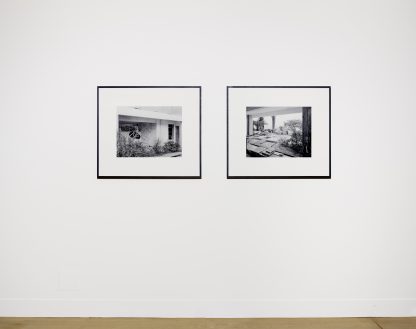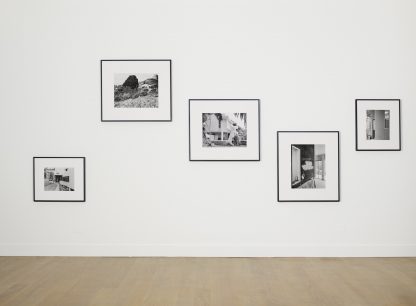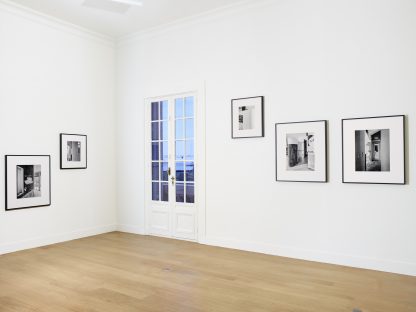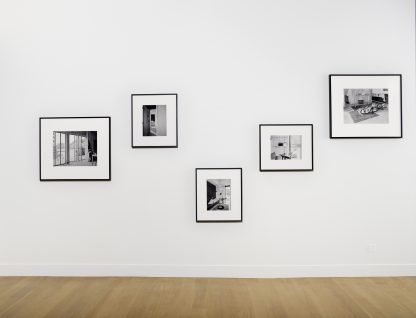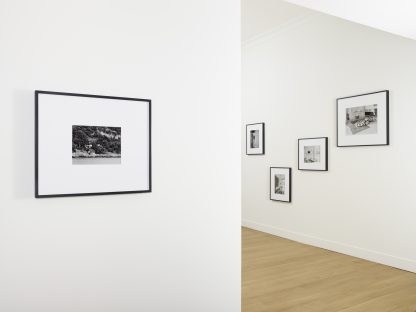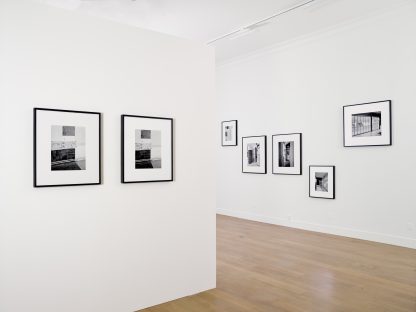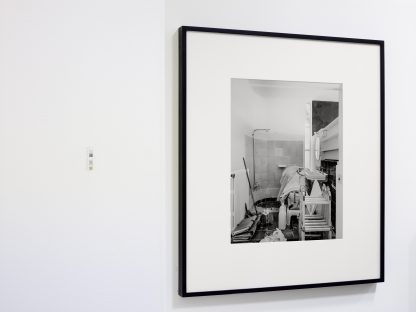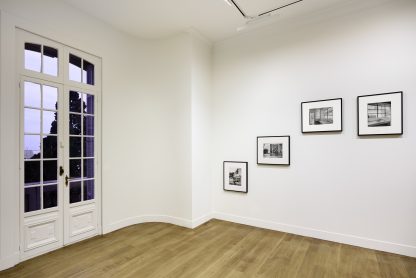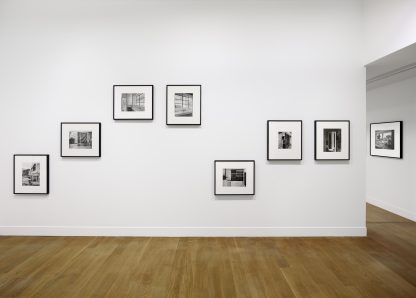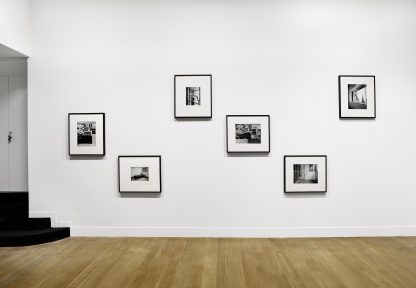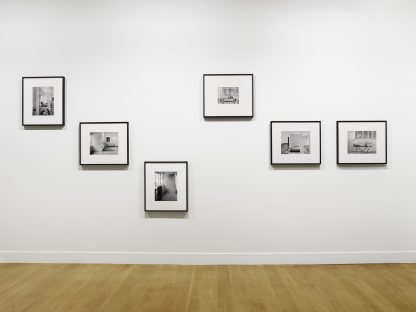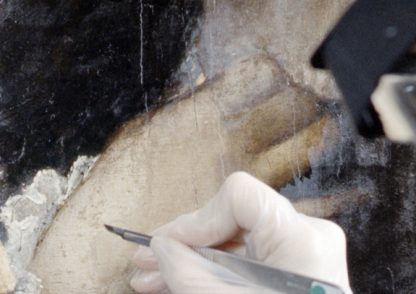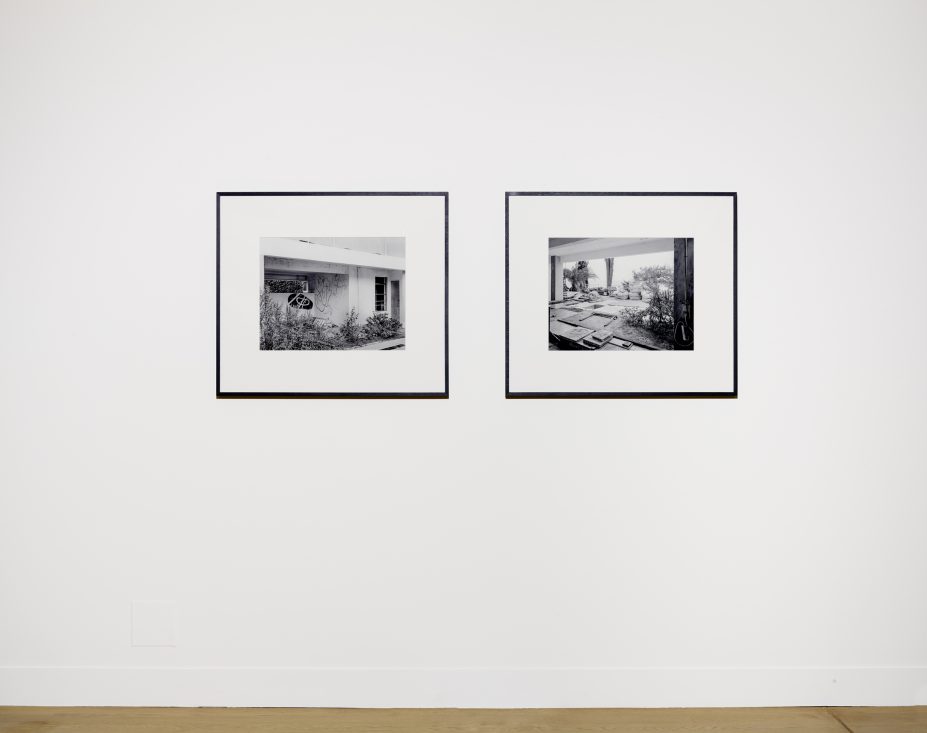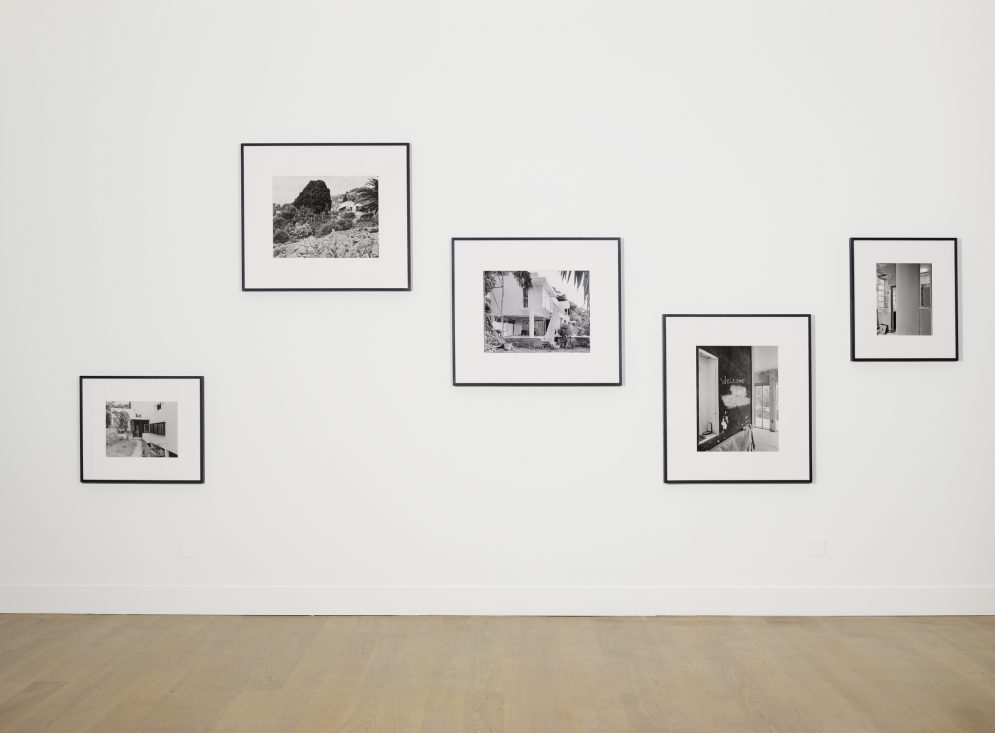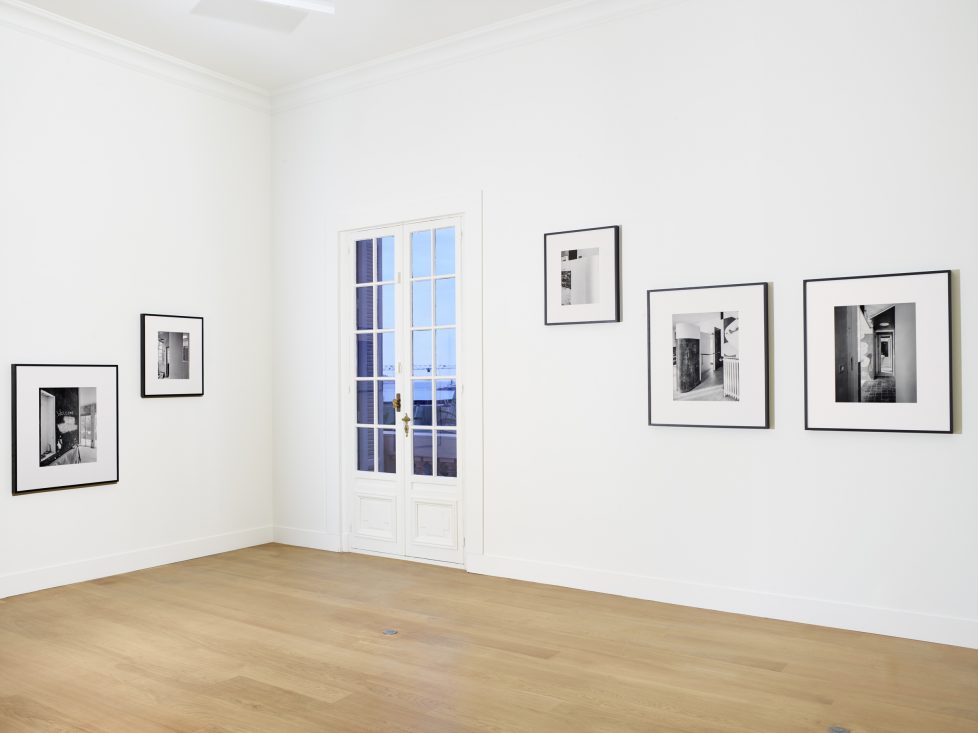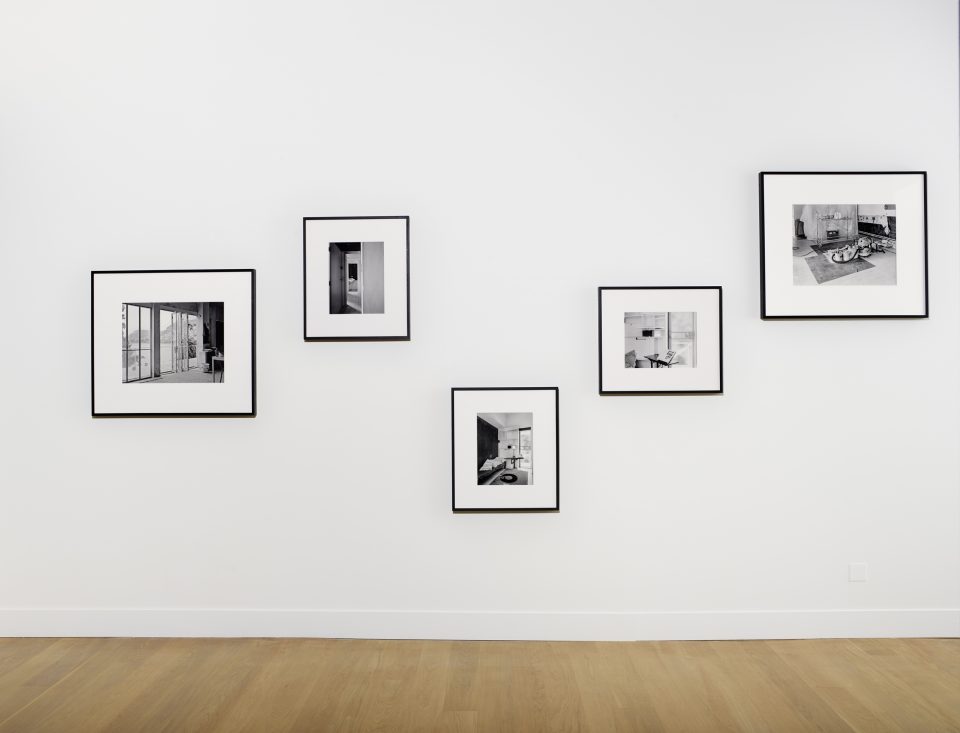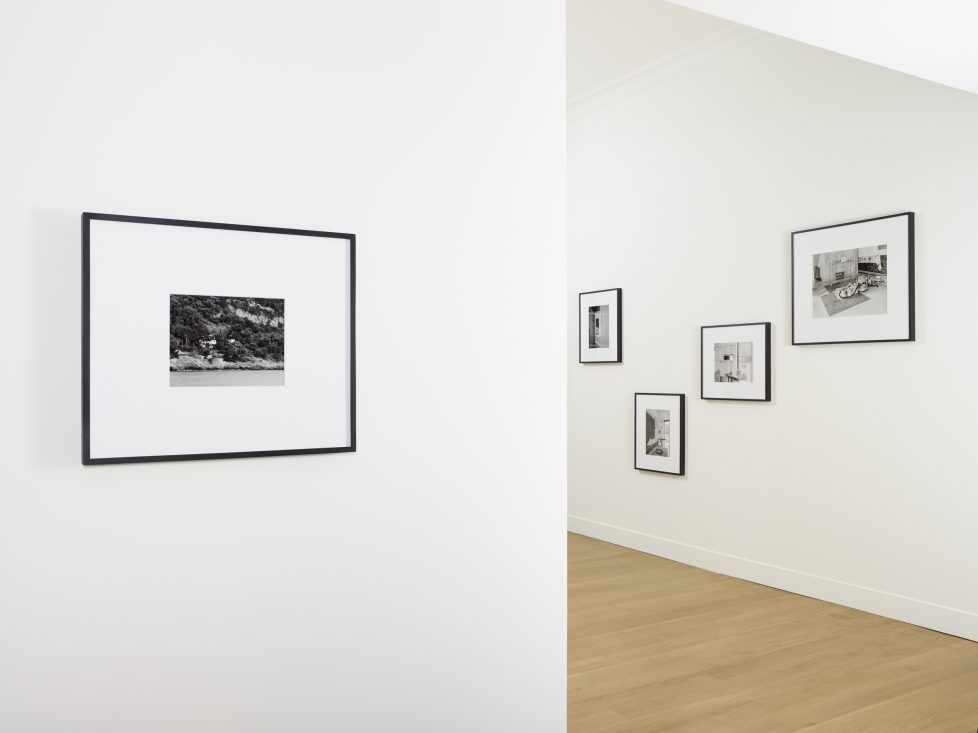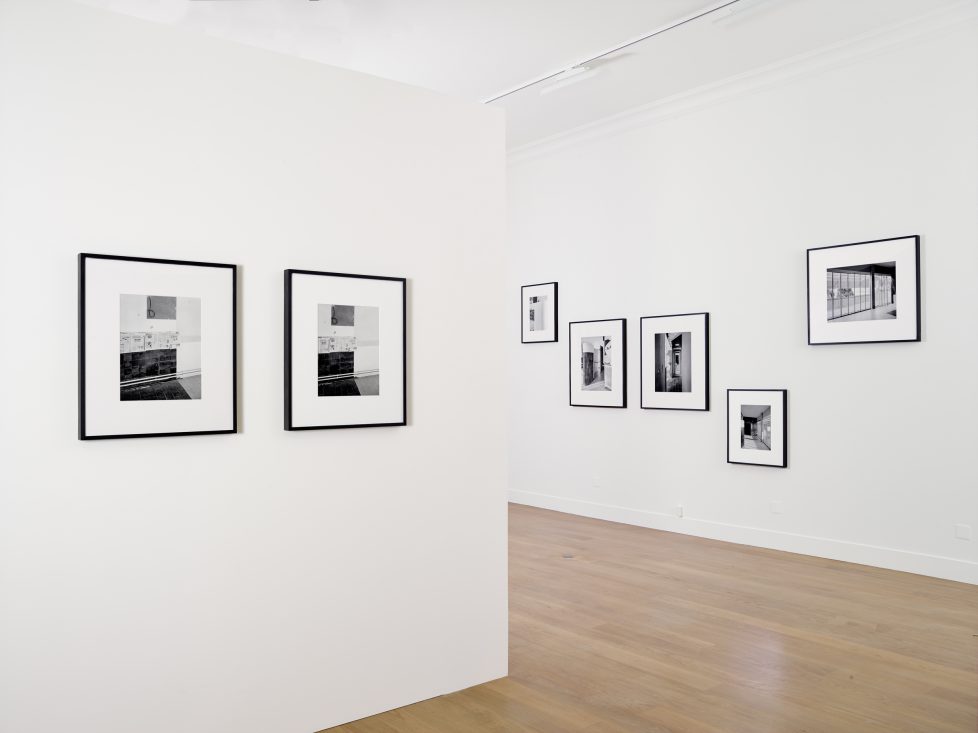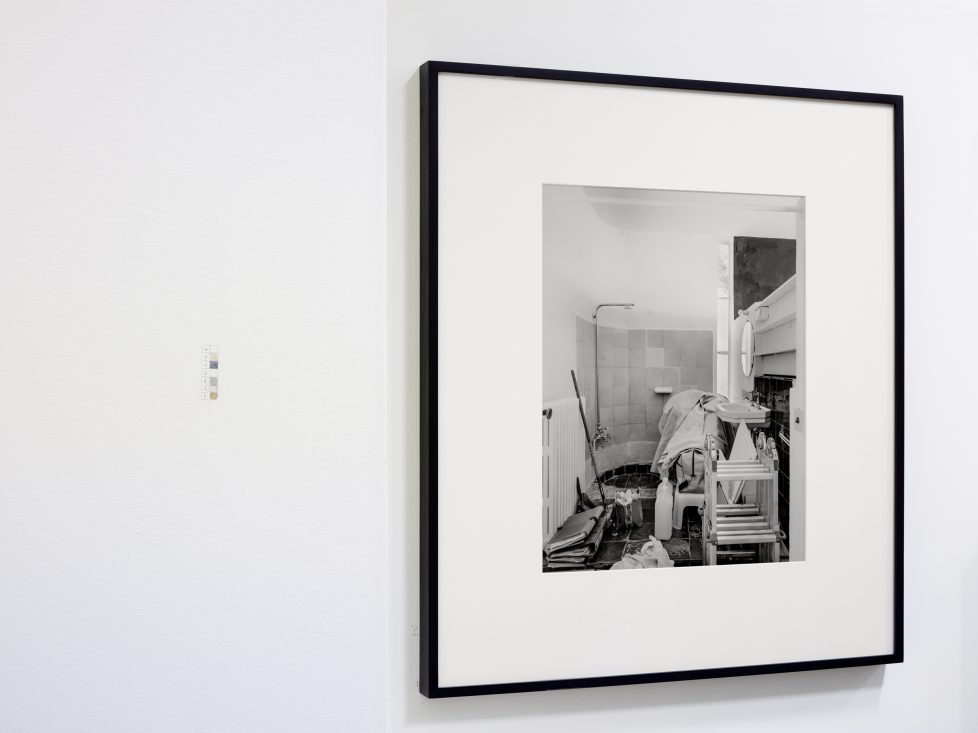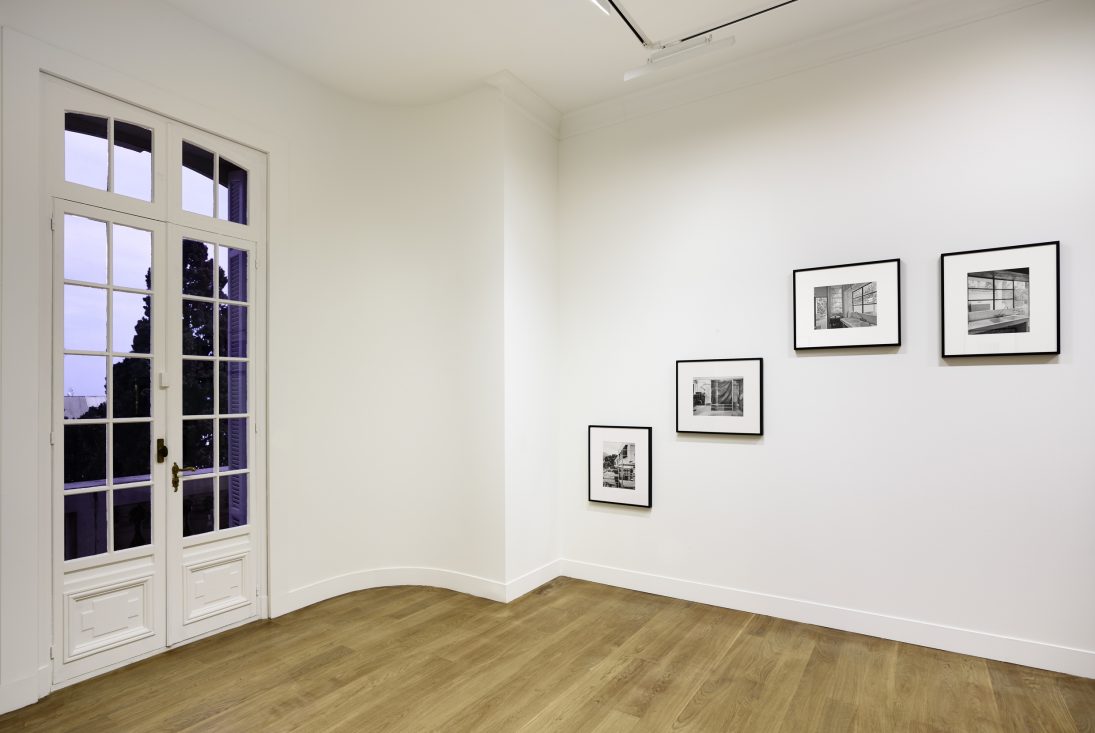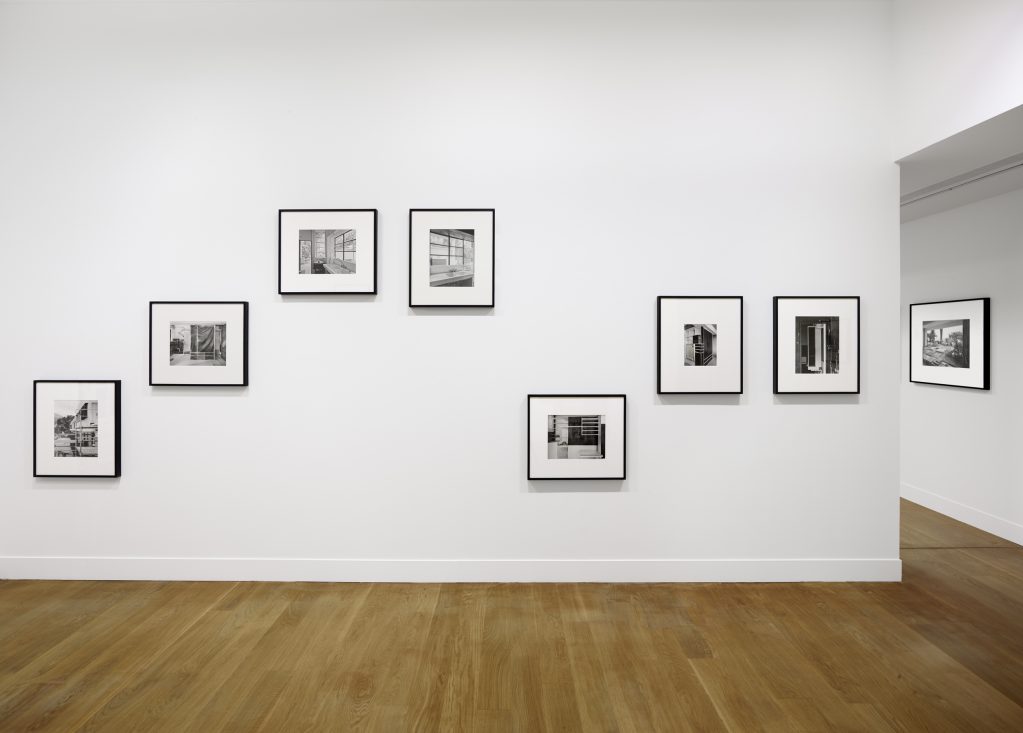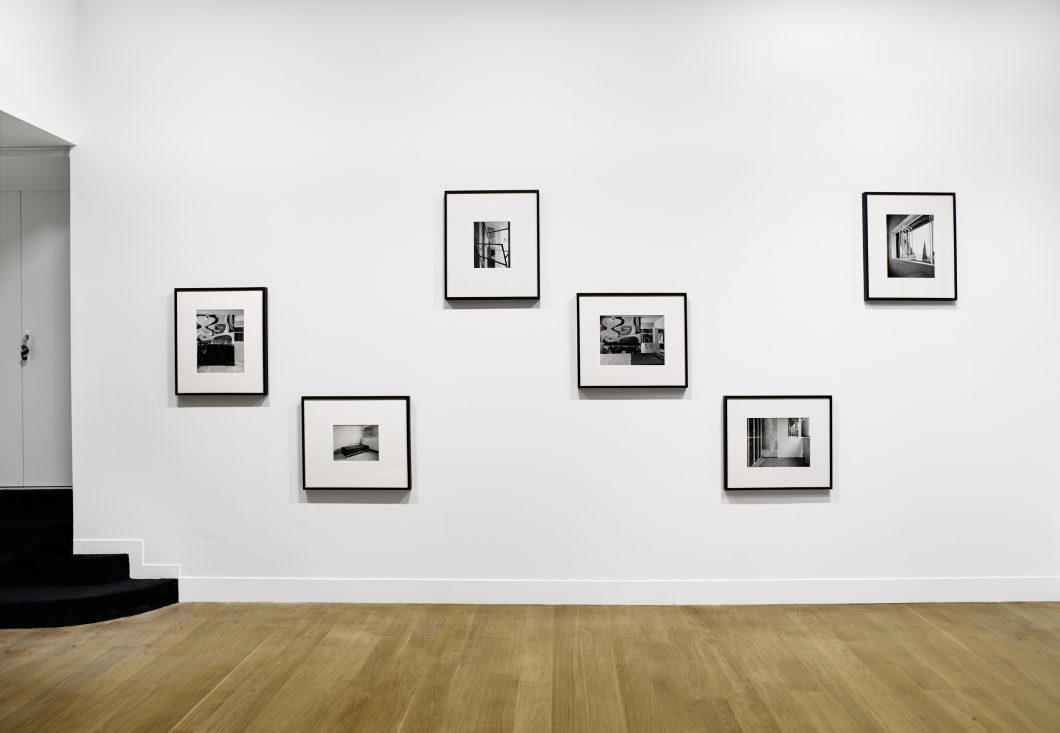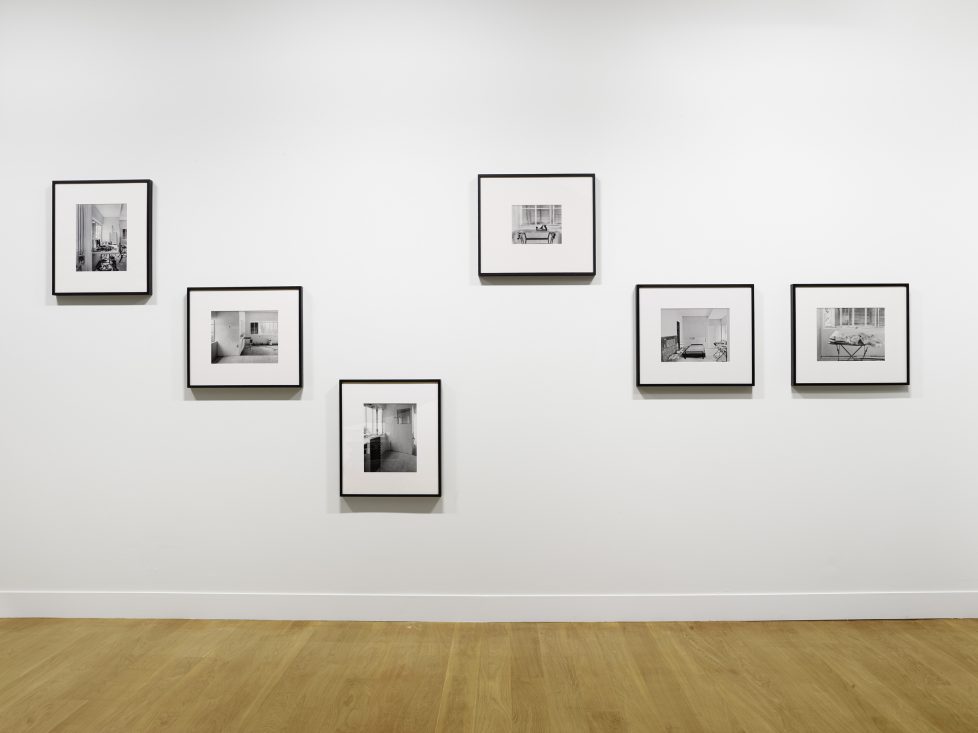Kasper Akhøj, Welcome (To The Teknival)
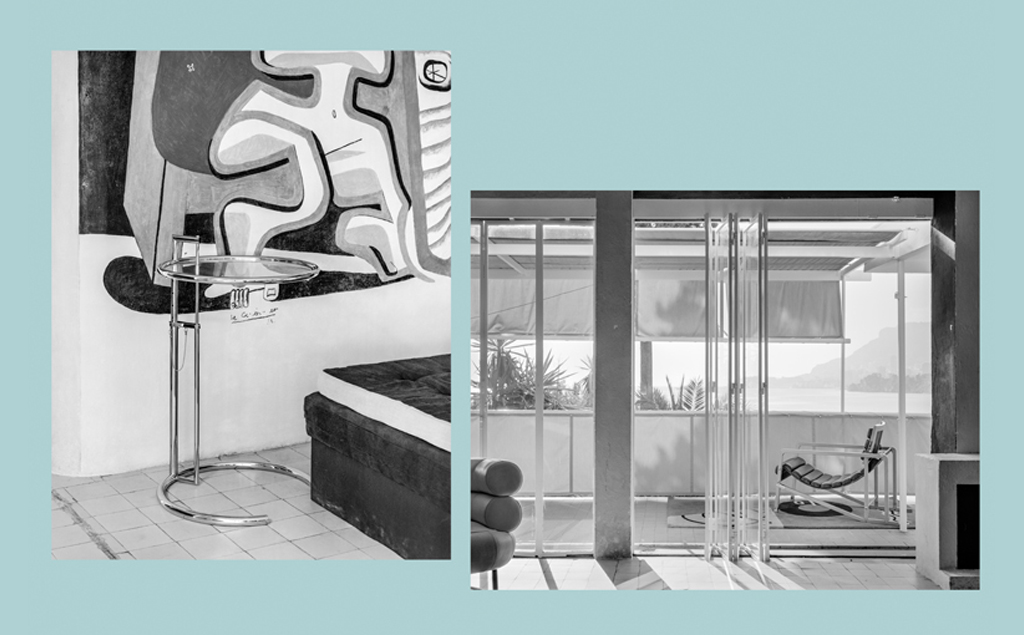
On the first floor of the Villa Sauber, the NMNM presents an exhibition by artist Kasper Akhøj dedicated to E-1027, Maison en bord de Mer, the summer hideaway house designed by Eileen Gray for Jean Badovici between 1926 and 1929 in Roquebrune Cap-Martin, at a walking distance from the exhibition venue.
E-1027, Maison en bord de Mer
In 1929, aged 51, the artist and designer Eileen Gray completed her first architectural work, responding to a commission made by her friend, the architect Jean Badovici, who wanted a “small refuge” in the south of France. In the footsteps of Robert Mallet-Stevens, who built the Villa Noailles at Hyères between 1923 and 1925, it was at Roquebrune-Cap-Martin—a city adjacent to Monaco—that Eileen Gray designed, built and decorated E-1027, Maison en bord de Mer.
The year the villa was completed, it was published in a special issue of the magazine “L’Architecture Vivante”, edited by Badovici. The portfolio contained some 60 photographs by Gray herself, through which she presented her vision of a construction closely mixing architecture and design, in a keen awareness of the needs of the house’s occupant and the movements of his body. Her conception of the dwelling seen as a living organism shows in the views of interiors taken when she was living in E-1027, before she left the seaside house and started work on the villa Tempe a Pailla, on the heights of Castellar.
Some twenty years later, in the April 1948 issue of “L’Architecture d’Aujourd’hui”, the famous architect Le Corbusier in his turn published photographs of the villa, or, more precisely, of the murals with which he had covered the walls between 1938 and 1939. The names of Eileen Gray and of the villa itself did not appear in that publication.
E-1027 was then ignored for almost 30 years, before re-appearing in the history of modern architecture in the mid-70’s, shortly before Gray’s death. E-1027 is under restoration since 2007.
Welcome (To The Teknival)
Since 2008, Kasper Akhøj has undertaken a research-based work on Eileen Gray’s villa E-1027, documenting the process of its restoration through the use of Gray’s original portfolio. Welcome (To The Teknival) is so far presented as a set of 59 black and white analogue photographs, based on the original illustrations published in 1929 by Eileen Gray and Jean Badovici in the manner of a remake, respecting the perspective and composition of the original photographs.
The installation comprises views taken by Akhøj during five visits to E-1027 (in 2009, 2010, 2015 and 2017). Yet each view of the house is shown only once, and in this way different chronologies overlap and confront each other, evoking the chronicles of the successive occupants (Eileen Gray and Jean Badovici, then Badovici alone or with his friend Le Corbusier, and more recently workers, restorers and architects). Although none of these figures appear in the photographs, their presence is perceptible through different artifacts. The teacups, open books and other day-to-day objects, cleverly presented by Eileen Gray to introduce her concept of a certain “art de vivre”, were followed by the tools of workers, builders and electricians, as well as the traces left on the walls by the restorers, painters or squatters. The exhibition’s title, Welcome (To The Teknival), is borrowed from two graffiti painted in the 1990s by squatters occupying the abandoned site, and then partly covered in the initial stages of the villa’s restoration.
The title of each of Akhøj’s photographs works as a caption. It indicates the photograph number of Eileen Gray’s original shot (from 1 to 59), followed by the number and date of Akhoj’s visit. 0 1 V 3 2 0 1 5 is therefore the first shot of the original portfolio, retaken by Akhøj during his third visit in 2015.
The titles reveal an element of exchangeability, mirroring perhaps the uncertainty in the nature of restoration and preservation, but also the different narratives around the complicated history of the site that have accumulated and interchanged over the years.
Kasper Akhøj’s photographs are analogous to the restoration process, revealing absence and transformation, and questioning the future of later “additions”, such as the murals painted in 1939 by Le Corbusier, as a kind of defilement of Gray’s architecture by a rival, and which, paradoxically, played a crucial part in the site’s preservation.
Restoration is further evoked in the exhibition through a painting layer test, known as a “window of excavation”, highlighting the successive coats of paint applied to the walls of the Villa Sauber, and carried out by the team in charge of the paintings’ restoration in the Villa E-1027.
As part of the exhibition Welcome (to the Teknival), the NMNM is producing a new film by Kasper Akhøj, which will be made during the summer and screened in the exhibition from September 2017 onwards. The subject of this 16mm colour film, which will be shot in some of the most important European restoration laboratories, is the work of restorers of art objects using different scientific imagery technologies (x-rays, infrared photography, hyperspectral imagery and electron microscopes), permitting an entirely abstract visualization of the work.
The exhibition will be accompanied by the publication of an artist book by Kasper Akhøj, with essays by Beatriz Colomina, Architecture historian (Princeton University, NJ) and Jorge Otero-Pailhos, Architect and Professor in architectural preservation (Columbia University, NY).
C2RMF75602, 2017
This film was shot using a 16mm film during a day of restoration in the workshops of the Centre de
Recherche et de Restauration des Musées de France (C2RMF) in Paris.
The subject of the film is a painting entitled Portrait of a Woman, an oil on wood panel dating from the 16th century.
Attributed to Titian, it was “delisted” at the time of Nélie André’s legacy in 1912 and has since belonged to the collections of the Musée Jacquemart-André in Paris. Since then, it is considered to be a copy, or else the work of a follower of Titian. One of the objectives of the restauration in process is to remove the successive layers of repaints and varnish in order to
reveal the original painting insofar as possible since it has been over time subjected to numerous restorations which have altered its appearance
Curator: Célia Bernasconi

